 | George Albert Wentworth - Arithmetic - 1888 - 392 pages
...be three-sevenths of another unit. 255. To reduce an improper fraction to a whole or mixed number, Divide the numerator by the denominator. The quotient will be the whole number, and the remainder, if there be any, will be the numerator of the fractional part, of which the denominator... | |
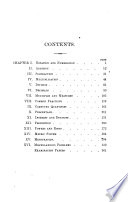 | George Albert Wentworth - Arithmetic - 1888 - 378 pages
...will be five-sevenths of another unit. 111. To reduce an improper fraction to a whole or mixed number, Divide the numerator by the denominator. The quotient will be the whole number, and the remainder, if any, will be the numerator of the fractional part, of which the denominator is the... | |
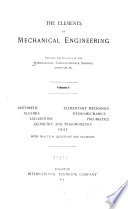 | Electrical engineering - 1897 - 672 pages
...also divided by 4, its value is J. Therefore, 5 + J, or 5j, is the number. Ans. C. Vol. I.— 3. 93. Rule. — Divide the numerator by the denominator, the quotient will be the w.hole number ; the remainder, if there be any, will be the numerator of the fractional part of which the denominator... | |
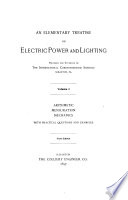 | International Correspondence Schools - Electrical engineering - 1897 - 346 pages
...is also divided by 4, its value is J. Therefore, 5 + i, or 5J, is the number. Ans. 89. Hule 7. — Divide the numerator by the denominator; the quotient will be. the whole number; the remainder, if there be any, will be the numerator of the fractional part of li'hich the denominator... | |
 | George Albert Wentworth - Arithmetic - 1898 - 424 pages
...sevenths of another unit. Hence, 231. To Reduce an Improper Fraction to a Whole or a Mixed Number, Divide the numerator by the denominator. The quotient will be the whole number, and the remainder, if any, will be the numerator of the fractional part, of which the denominator will... | |
 | George Albert Wentworth - Arithmetic - 1898 - 424 pages
...sevenths of another unit. Hence, 231. To Reduce an Improper Fraction to a Whole or a Mixed Number, Divide the numerator by the denominator. The quotient will be the whole number, and the remainder, if any, will be the numerator of the fractional part, of which the denominator will... | |
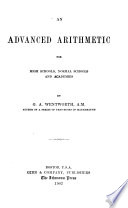 | George Albert Wentworth - 1898 - 424 pages
...sevenths of another unit. Hence, 231. To Reduce an Improper Fraction to a Whole or a Mixed Number, Divide the numerator by the denominator. The quotient will be the whole number, and the remainder, if any, will be the numerator of the fractional part, of which the denominator will... | |
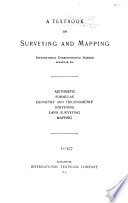 | International Correspondence Schools - Surveying - 1898 - 518 pages
...improper fraction to a whole or mixed number: EXAMPLE.—Reduce -V- to a mixed number. 93. Rule.—Divide the numerator by the denominator, the quotient will be the whole number; the remainder, if there be any, will be the numerator of the fractional part of which the denominator... | |
 | International Correspondence Schools - Civil engineering - 1899 - 722 pages
...75); as this is also divided by 4, its value is }. Therefore, 5 + J, or6J, is the number. Ans. 93. Rule. — Divide the numerator by the denominator, the quotient will be the whole number ; the remainder, if there be any, will be the numerator of the fractional part of •which the denominator... | |
 | 1900 - 728 pages
...75); as this is also divided by 4, its value is j. Therefore, 5 + \. or .">}. is the number. Ans. 93. Rule. — Divide the numerator by the denominator, the quotient will be the whole number ; the remainder, if there be any, will be t he numerator of the fractional part of which the denominator... | |
| |